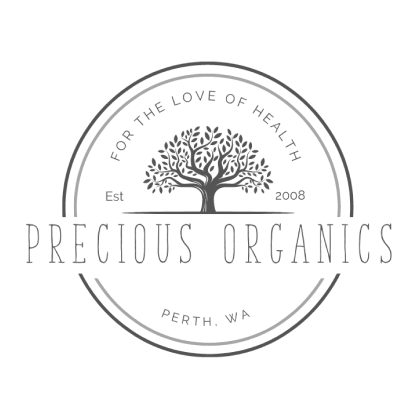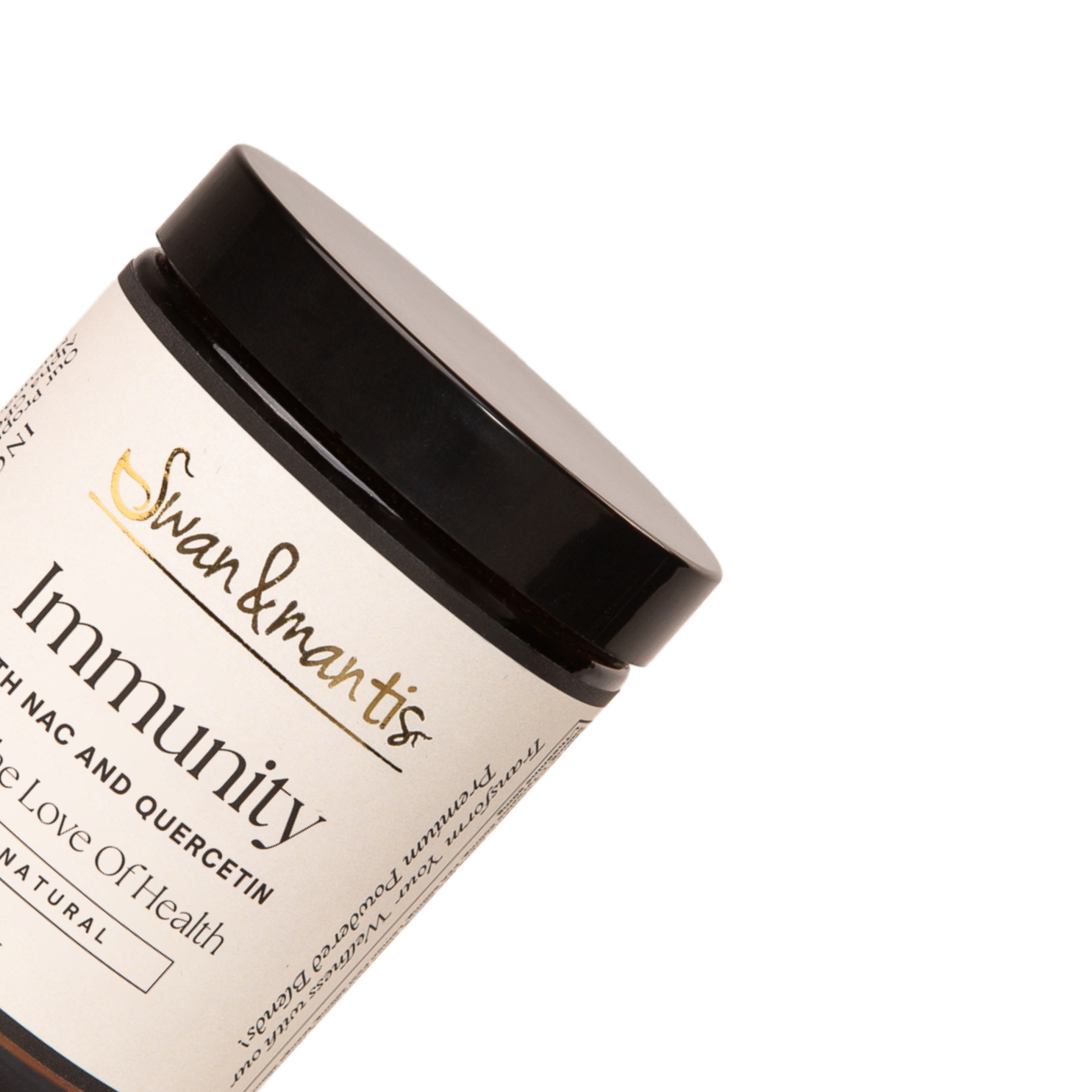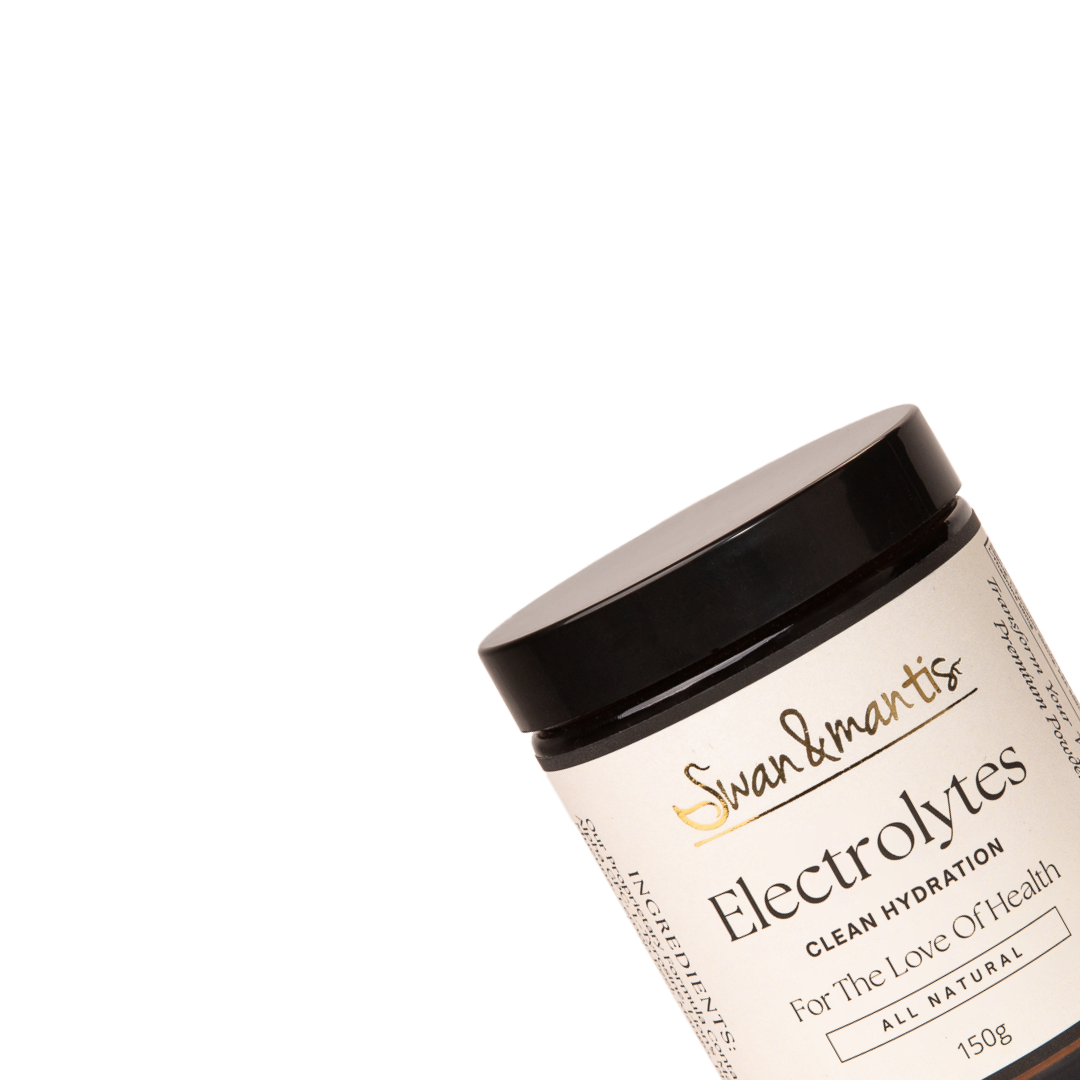Candida: Foods To Eat and Foods To Avoid
So what’s left after you take cheese, alcohol, chocolate and various other foods from your diet? The good news is that my Foods To Eat list also contains some delicious items.
This table contains some of the foods you can eat during your Candida diet. If you need more detailed information, my Ultimate Candida Diet program contains a longer and more comprehensive list.
Foods To Eat
|
CATEGORY |
FOODS TO EAT |
NOTES |
|
VEGETABLES |
Artichokes Asparagus Avocado Broccoli Brussels sprouts Cabbage Celery Cucumber Eggplant Garlic (raw) Kale Olives Onions Rutabaga Spinach Tomatoes Zucchini |
Non-starchy vegetables starve the Candida of the sugar and mold diet that feed it. You should buy your vegetables fresh and eat them raw, steamed or grilled. Avoid starchy vegetables such as sweet potatoes, potatoes, yams, corn, all winter squash, beets, peas, parsnips and beans. Olives are OK as long as they are not in distilled white vinegar. |
|
LIVE YOGURT CULTURES |
Probiotic yogurt Kefir |
Live yogurt cultures help your gut to repopulate with good bacteria. The live bacteria in the yogurt will crowd out the Candida yeast and restore balance to your system. This is especially useful after a course of antibiotics. |
|
MEAT |
Beef Chicken Lamb Turkey |
Eat only fresh and organic meat - processed meat (like lunch meat, bacon and spam) is loaded with dextrose, nitrates, sulfates and sugars. Smoked or vacuum packed meats are also best avoided. |
|
FISH |
Anchovies Herring Sardines Wild salmon |
Wild salmon and sardines do contain ocean contaminants, but in much lower amounts than other seafood. Buy these fish fresh or packed in olive oil or water. |
|
NUTS AND SEEDS |
Almonds Coconut meat Flax Seed Hazelnuts Pecans Sunflower Seeds Walnuts |
These nuts are healthy and have a low mold content. If you're still worried about mold, soak them in a diluted grapefruit seed extract solution for a few hours. |
|
NON-GLUTINOUS GRAINS |
Buckwheat Millet Oat Bran Quinoa |
These grains contain a high amount of fiber, excellent for keeping your digestive system moving and eliminating Candida toxins. Most products derived from this list are also OK - e.g. quinoa crackers, buckwheat flour. You can find these in the gluten-free section in health food stores. |
|
HERBS AND SPICES |
Basil Black Pepper Cinnamon Cloves Dill Garlic Ginger Oregano Paprika Rosemary Thyme |
Many herbs and spices have antioxidant and antifungal properties. They can also improve circulation and reduce inflammation. They're great for livening up food if you're on a limited Candida diet. |
|
OILS |
Virgin Coconut Oil Olive Oil Sesame Oil Flax Oil Coconut Oil Red Palm Oil |
Use cold pressed oils where possible. Remember that heating or boiling can destroy many of the oil's nutrients. |
|
SEASONING |
Black Pepper Sea Salt Lemon Juice Coconut Aminos Apple Cider Vinegar (Organic, Raw, Unfiltered) |
Coconut Aminos are a great alternative to soy sauce. And you can use apple cider vinegar to make some delicious salad dressings. |
|
BEVERAGES |
Chicory root coffee Cinnamon Tea Peppermint Tea Ginger Tea Licorice Tea |
These are just a few of the herbal teas that have antifungal properties. Chicory root is also a great prebiotic (it contains 20% Inulin), so it can help to repopulate your gut with healthy bacteria too. |
|
SWEETENERS |
Stevia Xylitol |
Stevia and xylitol can be used in place of sugar and they have a much smaller effect on your blood sugar levels. |
Candida: Foods To Avoid
Treating your Candida can mean making some difficult changes to your eating habits and lifestyle, especially during the strict anti-Candida diet. However, remember that things will get easier once you start to reintroduce foods to your diet again.
Some of these foods provide energy directly to the Candida yeast. Others affect the working of your immune system and reduce your body’s ability to fight off infection. If you really want to beat your Candida infestation for good, give yourself the best start possible by avoiding all these foods.
This list provides a good summary of which foods you should avoid during your Candida treatment. For a larger and more detailed list, check out my Ultimate Candida Diet program.
Foods To Avoid
|
CATEGORY |
FOODS TO AVOID |
NOTES |
|
SUGARS |
Sugar Honey Syrup Chocolate Molasses Rice Syrup Artificial Sweeteners |
Condiments tend to be high in sugar and can exacerbate your Candida. Stay away from the soft drinks too. Always read food labels to make sure your food doesn't contain sugar. Be careful - the aspartame in diet cola weakens your immune system can leave you vulnerable to Candida. |
|
ALCOHOL |
Wine Beer Spirits Liquors Cider |
Alcohol is high in sugars that can feed a Candida overgrowth. It also puts stress on your immune system. |
|
GRAINS & GLUTINOUS FOODS |
Anything made with wheat, rye, oats or barley, e.g. white bread, rye bread, pasta. Spelt products Corn and corn byproducts Rice |
Many Candida sufferers have a high sensitivity to Gluten. Give your immune system a break and stay off gluten during your Candida diet. Corn-by products like popcorn tend to be contaminated with mold. |
|
FRUIT |
Fresh Fruit Dried Fruit Canned Fruit Fruit Juice |
The high sugar content in fruit feeds Candida, even though they are natural sugars. Fruits like melon may also contain mold. A squeeze of lemon is OK. |
|
VEGETABLES |
Potatoes Carrots Sweet Potatoes Yams Beets Peas Parsnips |
This group of vegetables is very nutrient-dense, however they should be avoided until your Candida overgrowth is fully under control. They then can be reintroduced in small portions one at a time. |
|
MEATS |
All pork products Cured meats Processed meats Smoked or vacuum-packed meats |
Pork contains retroviruses that survive cooking and may be harmful for those with a weakened digestive system. Processed meats like lunch meat and spam are loaded with dextrose nitrates, sulfates and sugars. |
|
FISH |
All fish except for wild salmon and sardines All shellfish |
All shellfish and most fish contain alarming levels of heavy metals and toxins. These will suppress your immune system and leave you vulnerable to Candida. Studies have shown that farmed salmon contain high levels of PCBs, mercury and other carcinogenic agents. |
|
DAIRY PRODUCTS |
Cheese Milk Cream Buttermilk Whey products |
Almost all dairy should be avoided except ghee, butter, kefir and probiotic yogurt. Milk contains lactose so it should be avoided. Kefir and yogurt are better because most of the lactose disappears during the fermentation process. |
|
ADDITIVES & PRESERVATIVES |
Citric Acid Anything you don't know or can't pronounce! |
The manufactured, additive form of citric acid is derived from yeast. However the natural form, as found in lemons and limes, is OK on the diet. Additives and preservatives can disrupt your friendly bacteria and allow the Candida yeast to flourish. |
|
OTHER BEVERAGES |
Coffee Black & green tea Diet & regular soda Energy drinks Fruit Juices |
Caffeine can cause your blood sugar to rise, but the main problem is that it weakens the adrenals and can impair your immune system. Coffee also contains mold. Even decaf tea and coffee are to be avoided, as they contain residual levels of caffeine. |
|
NUTS |
Cashews Peanuts Pistachios |
This group of nuts contains a high amount of mold, which can inflame your Candida problem. |
|
BEANS |
Beans and other legumes Chickpeas Tofu Soy cheese Soy milk All soy products |
The combination of being hard to digest and high in carbs rules out beans from the first stages of the diet. They can be reintroduced later on in small portions. Soy products are mostly forbidden, as the majority of soy is genetically modified. If you can find non-GMO tofu, it should be OK to eat. |
|
MUSHROOMS / MOLDS |
Mushrooms Truffles |
Mushrooms don't "feed" Candida as some websites claim, but eating some fungi can cause an inflammatory reaction if you are already suffering from Candida. On the other hand, some medicinal mushrooms are actually OK on the diet and have strong immune-boosting properties. Good examples are Reishi and Maitake. |
|
CONDIMENTS |
Ketchup Mayonnaise Regular Mustard Relish Horseradish Soy sauce |
Ketchup, tomato paste, and spaghetti sauces all contain high amounts of hidden sugars. Condiments generally do tend to be high in sugar, and they can exacerbate your Candida. For an alternative salad dressing, try coconut aminos or a simple olive oil and lemon juice dressing. |
|
VINEGAR |
All vinegars, except for Apple Cider Vinegar |
Vinegar is made in a yeast culture, depletes the stomach of acids and can also cause inflammation in your gut. However, one particular vinegar (unfiltered apple cider vinegar) can actually be helpful in combating a Candida overgrowth. |
|
FATS AND OILS |
Peanut oil Corn oil Canola oil Soy oil |


